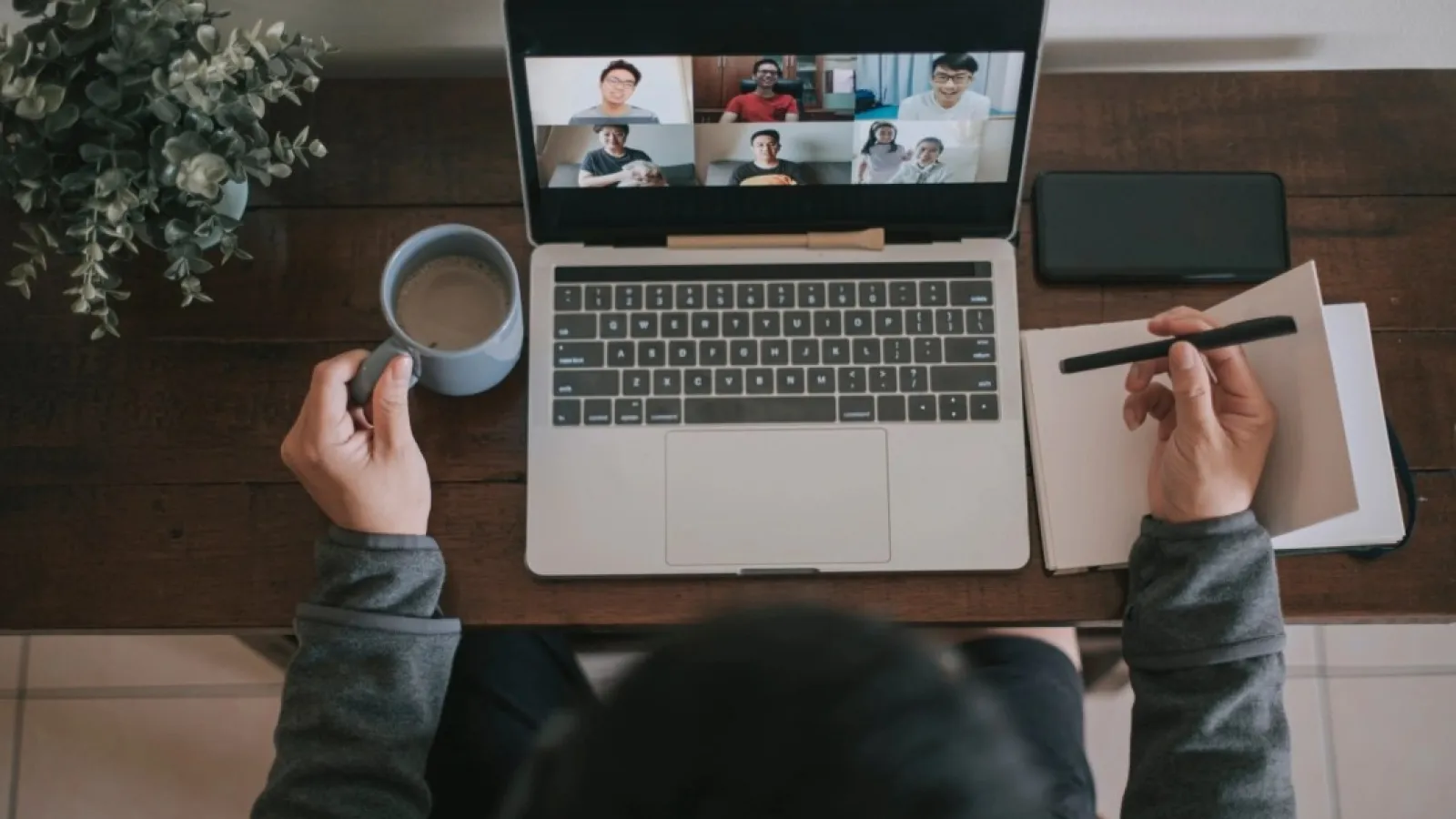The way we work has changed forever, but our security habits haven't always kept up. That cozy coffee shop WiFi and the convenience of using personal devices for work? They're creating massive security gaps that hackers are eagerly exploiting.
Here are the most common remote work vulnerabilities and simple fixes you can implement today.
1. The Public WiFi Trap
The Risk: Public networks are playgrounds for hackers. They can easily intercept unencrypted data, steal credentials, and even create fake "free WiFi" hotspots to capture your information.
The Fix:
- Always use a VPN: A Virtual Private Network encrypts your connection, making it safe even on questionable networks.
- Use your phone's hotspot: When possible, your 4G/5G connection is more secure than public WiFi.
- Avoid sensitive tasks on public networks: Never access banking or confidential work documents without VPN protection.
2. The Home Router Blind Spot
The Risk: Your home router is the gateway to your work devices, yet most people never update its firmware or change default passwords. Outdated routers are easy targets for hackers.
The Fix:
- Change default credentials: Use a strong, unique password for your router admin panel.
- Enable automatic updates: Ensure your router firmware stays current with security patches.
- Check for manufacturer recalls: Some router models have known vulnerabilities - make sure yours isn't one of them.
3. The Device Sharing Problem
The Risk: Letting family members use your work laptop or checking work email on personal devices creates dangerous cross-contamination. A malware-infected personal device can compromise your work accounts.
The Fix:
- Keep work and personal separate: Maintain dedicated devices for work whenever possible.
- Use separate browser profiles: At minimum, maintain distinct profiles for work and personal browsing.
- Enable device encryption: Ensure both work and personal devices have full-disk encryption enabled.
4. The Physical Security Oversight
The Risk: Working from coffee shops, airports, or other public spaces means prying eyes can see your screen and sensitive information.
The Fix:
- Use a privacy screen: These inexpensive filters make your screen unreadable from side angles.
- Be aware of your surroundings: Position yourself so no one can look over your shoulder.
- Never leave devices unattended: Even for a minute - it only takes seconds for someone to install malware or steal data.
5. The Backup Gap
The Risk: Without proper backups, a ransomware attack or device failure could mean losing critical work permanently.
The Fix:
- Use approved cloud storage: Save all work files to company-approved cloud services (OneDrive, Google Drive, etc.) that have automatic versioning and backup.
- Follow company policies: Don't circumvent security measures designed to protect your work.
Your Action Plan for This Week
- Monday: Set up and test your VPN
- Tuesday: Update your home router password and firmware
- Wednesday: Install a privacy screen if you work in public spaces
- Thursday: Audit your device separation habits
- Friday: Confirm your backup systems are working
The reality is this: Your home office or favorite coffee shop is now an extension of your company's network. By securing your remote work environment, you're not just protecting yourself - you're protecting your entire organization.

